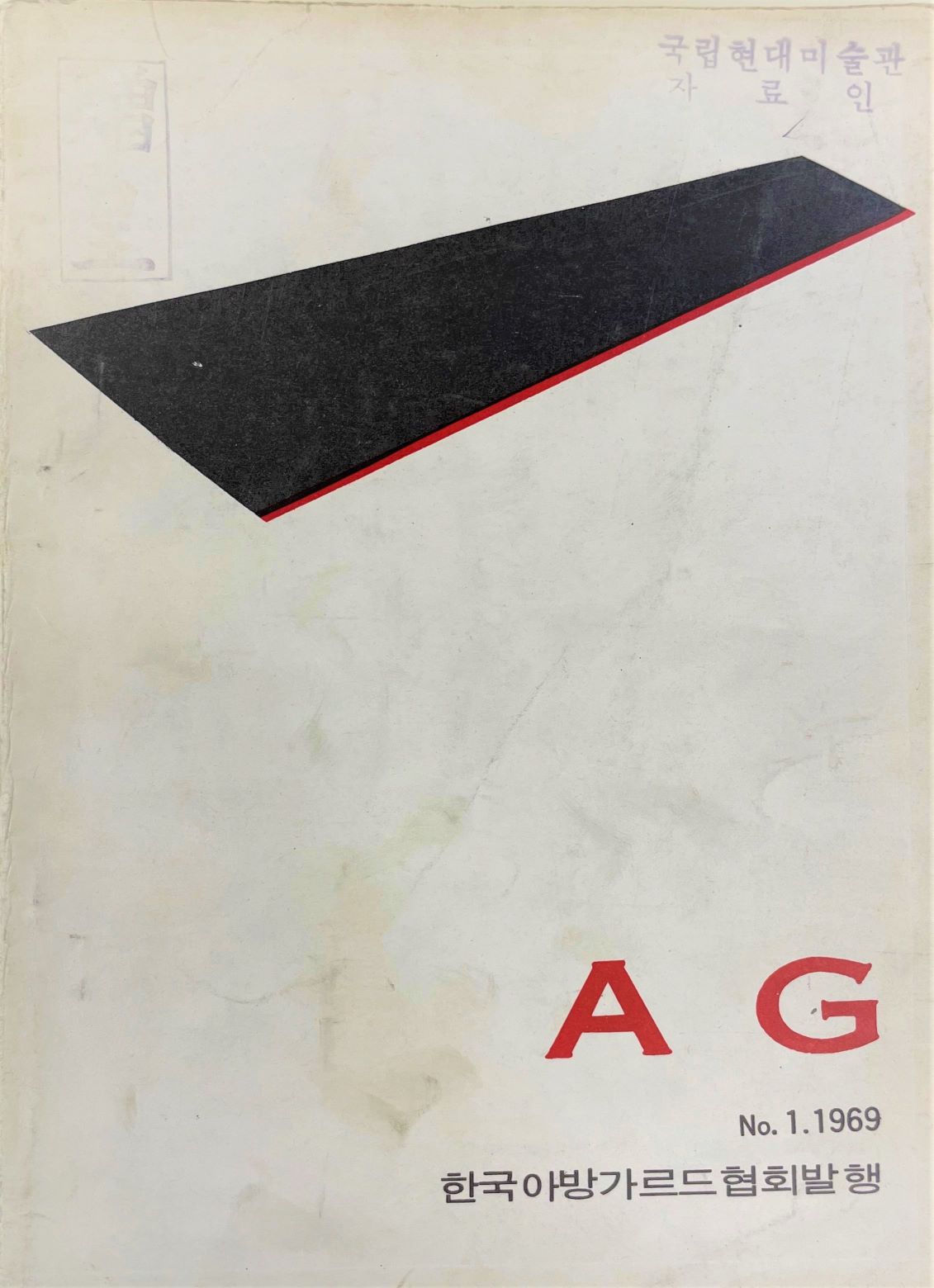
AG No. 1, 1969. Image provided by MMCA Art Research Center
Korean Avant Garde Association (AG)
* Source: Multilingual Glossary of Korean Art. Korea Arts Management Service
Related
-
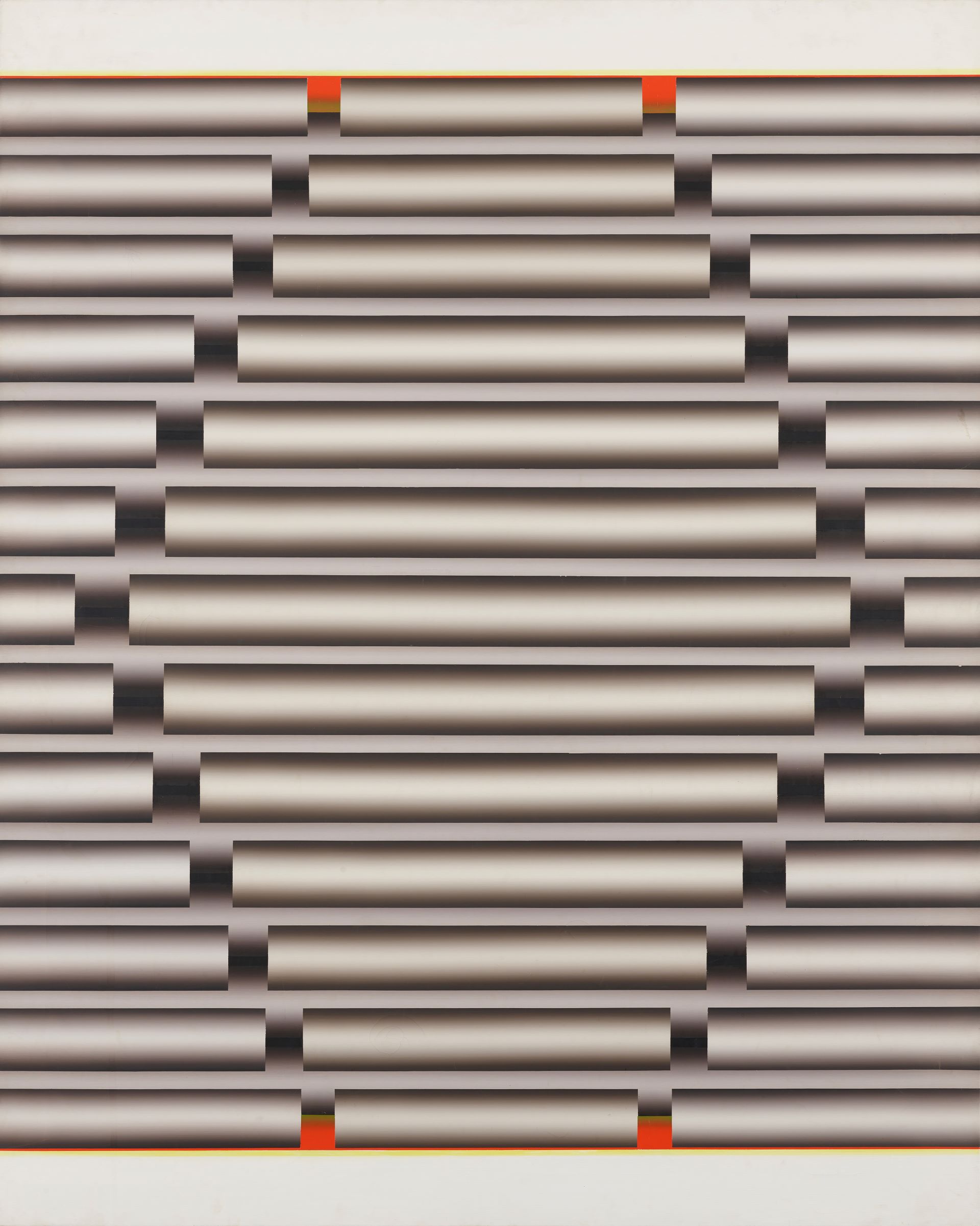
Lee Seungjio
Lee Seungjio(1941-1990) is known for his painting series Nucleus that features various cylindrical shapes reminiscent of pipes. In 1962, Lee formed the group Origin Fine Arts Association with fellow young artists to challenge the established art revolving around the National Art Exhibition (Gukjeon) and Art Informel abstract painting. At the Union Exhibition of Korean Young Artists held in 1967, he presented geometric abstract paintings. In subsequent years, he began to produce his distinctively clear and intelligent abstractions of cylindrical shapes in various compositions, including Nucleus 77, which earned the grand prize at the first International Grand Art Exhibition of Dong-A in 1968. Throughout the 1970s, he continued to explore geometric abstraction by actively engaging in avant-garde art organizations like the Korean Avant Garde Association (referred to as AG). He also participated in several exhibitions, such as the first Daegu Contemporary Art Festival (1974), the first Seoul Biennale (1974), the eleventh São Paulo Biennale (1971), and the seventh International Festival of Painting Cagnes-sur-Mer (1975). Meanwhile, Lee performed remarkably at the National Art Exhibitions. In 1968, he won the Minister of Culture and Information Award at the seventeenth National Art Exhibition for his Nucleus G-99, which was praised as “an avant-garde work that would never have been considered for even an honorable mention in the history of the National Art Exhibitions.” He submitted his work to the National Art Exhibition every year until 1981. The picture planes of the Nucleus series began to be gradually dominated by black hues in the late 1970s. By the mid-1980s the size of the canvases became larger. After his trip to the U.S. in 1988, he moved onto new experiments in which cylindrical images were presented on aluminum or wooden panels. Today, Lee Seungjio is recognized as “an artist who pursued a practice of strict geometric abstraction that is rarely seen in Korean painting circles” and maintained “a prominent and refreshing presence in Korean contemporary art, which lacks traditions or experiences of logical practices.”
-

Seoul Biennial
The Seoul Biennale was a group exhibition organized by the Korean Avant Garde Association (AG) and held at the National Museum of Modern Art (now MMCA) on December 12, 1974. The AG is an art collective that several artists including Ha Chonghyun founded in 1969 along with art critics Kim Inhwan, Oh Kwang-su, and Lee Yil. Bringing the avant-garde concept to the forefront and searching for a new visual order, the members of AG published four volumes of its bulletin AG and held thematic exhibitions (print exhibition in 1974) from 1970 to 1975 and the First Seoul Biennale in 1974 to create the most cutting-edge art of the time. The 1975 exhibition, which organized by AG, had only four of its members participating, making it meaningless as a group exhibition. Thus, the Seoul Biennale was de facto AG’s last exhibition. Lee Yil, an art critic who belonged to AG, defined the Seoul Biennale as an exhibition that focused on the younger generation who presented their own ideologies, explored their own methodologies, and pursued the spirit of resistance and subjective criticism. The first Seoul Biennale, which was planned to be an international exhibition held biannually with the goal of establishing Korean art in the world, had sixty-nine participants, including eleven AG members and fifty-eight artists selected by Lee Yil, the commissioner of the artist selection committee. However, due to the dissolution of AG, the biennale was held only once in 1974.
-
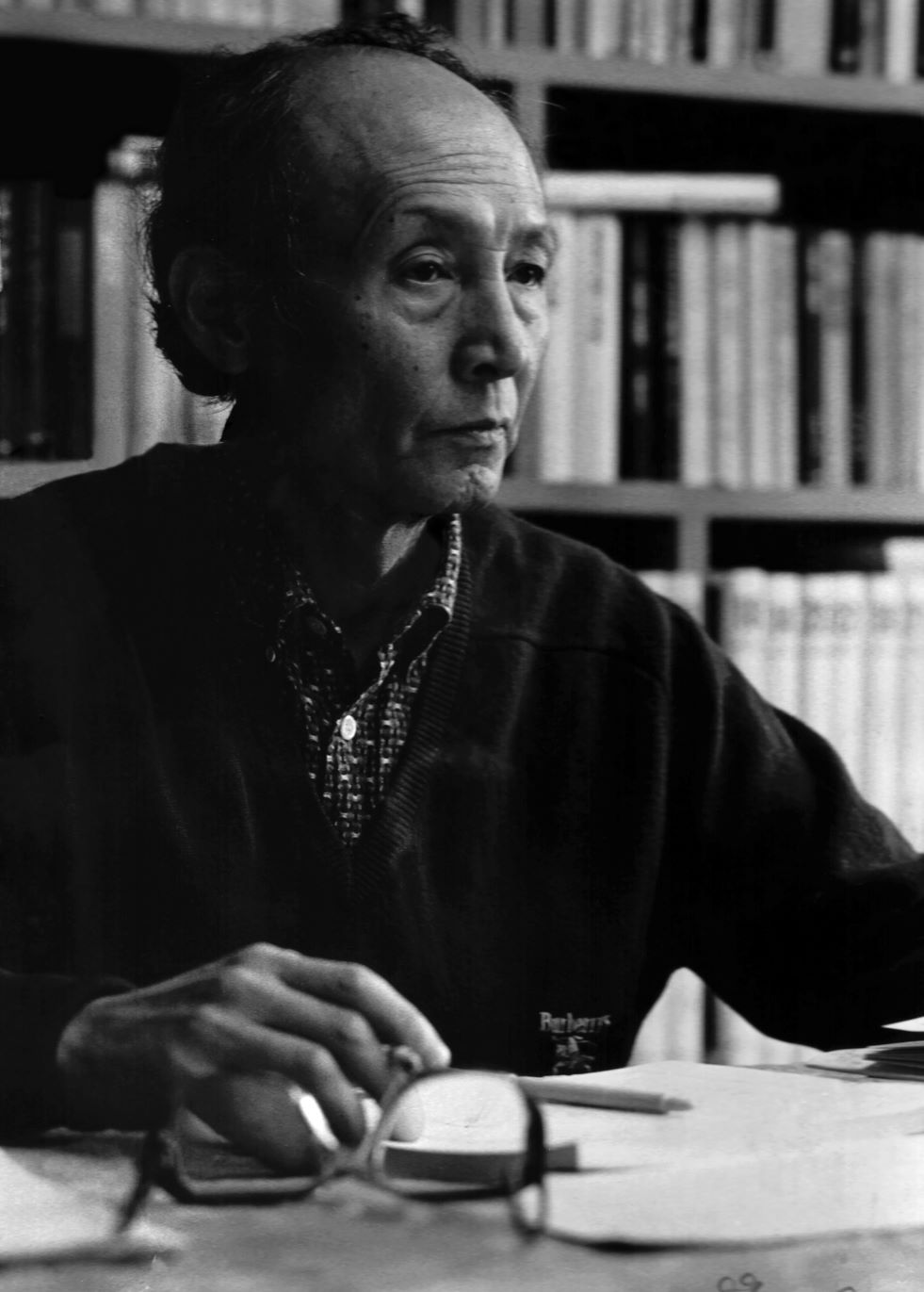
Lee Yil
Lee Yil(1932-1997) was a first-generation critic whose art criticism was based on art theories and greatly impacted the formation of Korean modernism. He was born in Gangseo, Pyeongannam-do Province and his real name is Lee Jinsik. While attending Pyongyang High School, Lee defected to South Korea and went to Gyeongbok High School in Seoul. After graduation, he entered the French Literature Department at Seoul National University but dropped out and moved to Paris. In 1961, he studied archaeology and art history at Sorbonne University. There, he worked as a Paris correspondent for the Chosun Ilbo newspaper. In 1964, he translated and published L’aventure de l’art abstrait (The Adventure of Abstract Art) by Michel Ragon. Returning to Korea in 1965, Lee began practicing art criticism in earnest. In 1966, he joined Hongik University as a professor of art theory, and he held the position for thirty years until his retirement in 1997. He wrote A Trajectory of Contemporary Art that introduced contemporary art of the West in 1974. Among his translated works are Naissance d’un Art Nouveau (Birth of Art Nouveau) (1974) by Michel Ragon, The History of World Painting (1974), and History of Art by H.W. Janson (1984). From the 1980s, he published books on art criticism, including Korean Art: The Face of Today (1982) and Reduction and Expansion of Contemporary Art (1991). After his death, the collections of his posthumous manuscripts, Lee Yil: Art Criticism Journal (1998) and The Critic Lee Yil Anthology in two volumes (2013), were published. Lee Yil’s art criticism activities can be divided largely into two periods. The former period spans from the time he returned from France to the early 1970s. During this period, Lee was interested in anti-art such as Dadaism and Nouveau Réalisme (New Realism). He inspired the formation of the Union Exhibition of Korean Young Artists that was brought together in solidarity by the generation who experienced the April 19 Revolution. Serving as a founding member and theorist of the Korean Avant Garde Association (referred to as AG) established in 1969, he developed criticism that laid the foundation for the formation of avant-garde art that emphasized experimentation. Around 1971 and 1972, he redirected his attention to art reflecting Korean culture and the spirit of Koreans rather than avant-garde focused on resistance. In the latter period, he stressed a “return to the primordial.” With his distinctive critical concepts, such as “reduction and expansion” and “pan-naturalism,” he actively supported the Korean Minimalism school of painters, especially Dansaekhwa artists. Lee’s critical perspective became a cornerstone in the narrative of Korean contemporary art history in the 1970s.
Find More
-
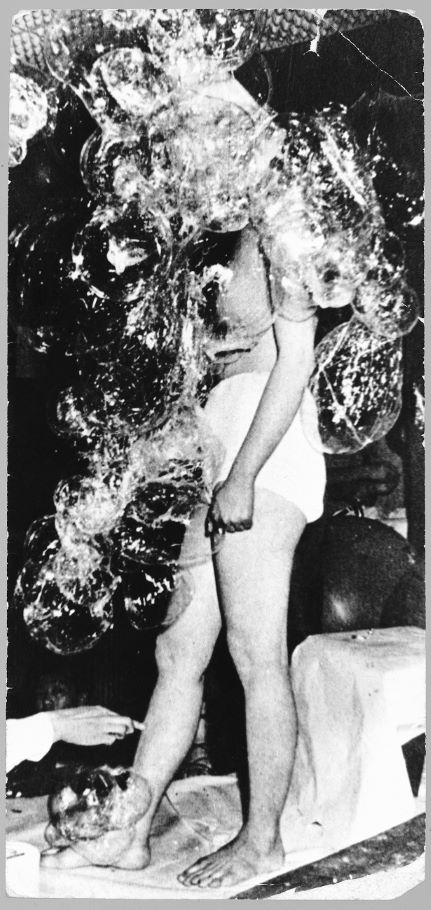
Performance
Performance is a genre within which artists use their voice, body, and objects to express their artistic vision through live action. It became popularized after World War II as an experimental genre through the work of John Cage and Merce Cunningham. Performance can be related to other movements of the period such as action painting, body art, happening, process art, Fluxus, and conceptual art. It is characterized by audience participation, improvisation, spontaneity, and provocativeness. The first work of performance in Korea is widely considered to be The Happening with Plastic Umbrellas and Candle Lights performed by Kang Kukjin, Chung Chanseung, Kim Youngja, Jung Kangja, Shim Sunhee, and Kim Inwhan during the Union Exhibition of Korean Young Artists held at the Korean Information Service Gallery in December 1967.
-
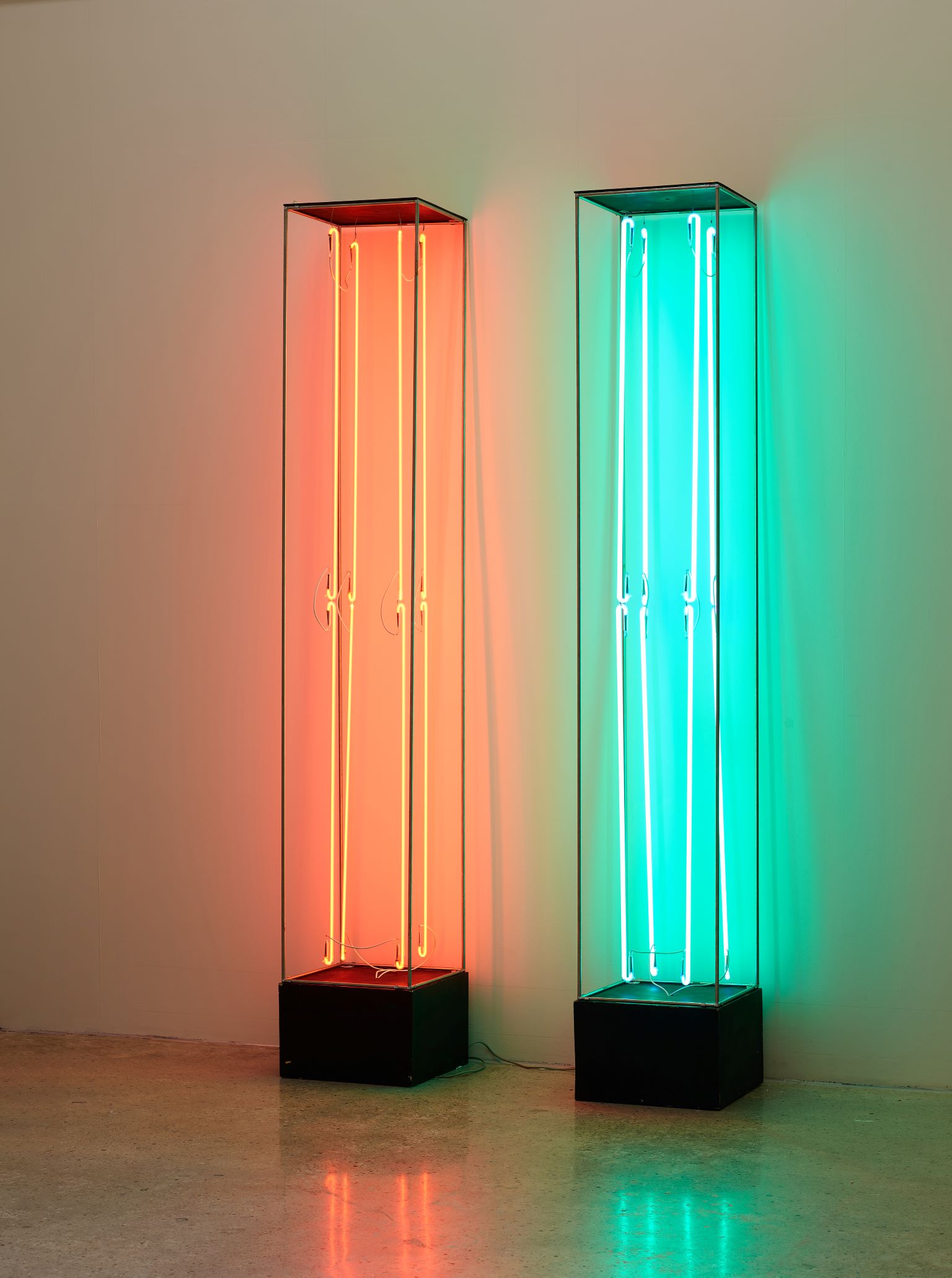
Experimental art
A genre of Korean art characterized by non-two-dimensional work such as sculpture, environmental installation and performance that emerged in the late 1960s and continued over the course of the 1970s. Art historian Kim Mikyung has analyzed the movement in the context of the political and social phenomena of the time and first coined the term experimental art to describe such work.
-

Conceptual Art
An artistic style and philosophical approach that originated in the United States and Europe in the 1960s. Conceptual artists valued the intangible ideas and processes of the art work as being at least of equal importance to the ultimate art product. In the West, this conceptual approach became critically prominent during the 1970s. In Korea, the term refers more broadly to the work of artists who have experimented with the subversion of sculptural and aesthetic norms. Such artists were active in the Korean Avant Garde Association (AG, established in 1969) and the Space and Time group (ST, established in 1971), creating a comprehensive movement of Korean conceptual artists whose work includes installations, performances, and outdoor work.






